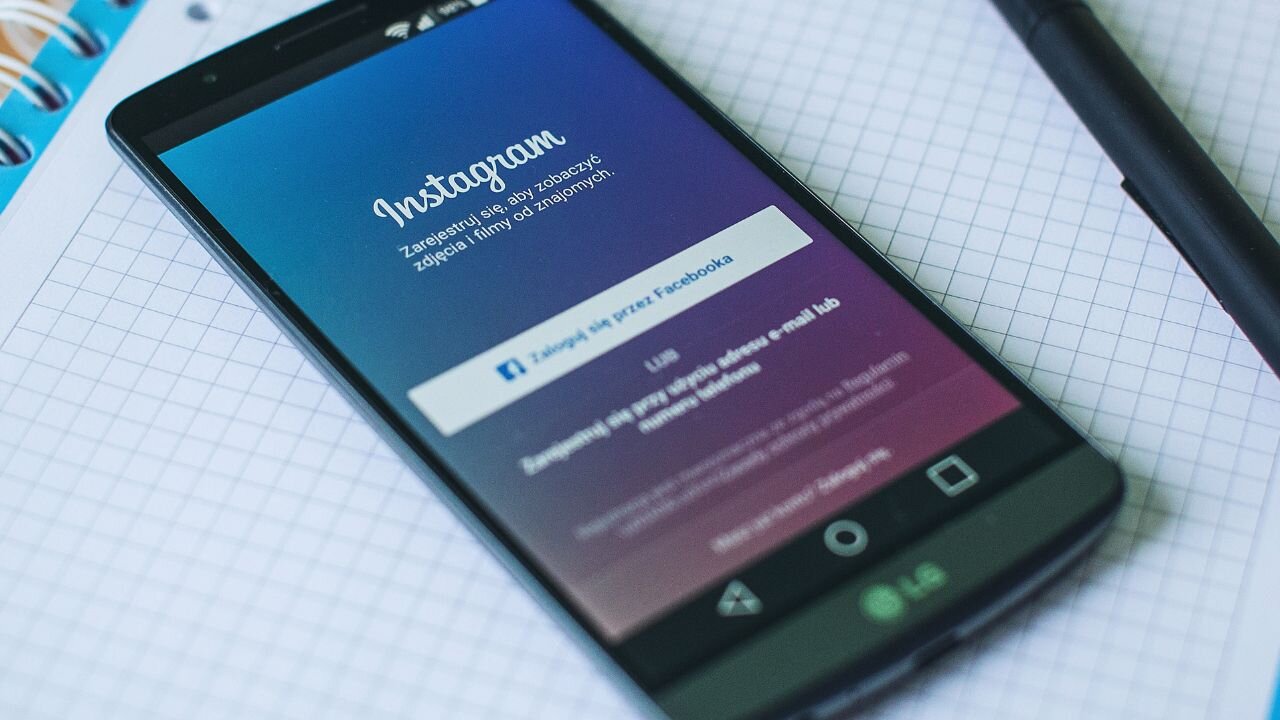Premium Only Content

Why 3 in 4 Gen Z blame social media for their mental health decline
Three in four Gen Zers are putting the blame on social media for having a negative impact on their mental health, according to a new study.
The poll of 2,000 Gen Z Americans who use social media found Instagram (20%), TikTok (20%) and Facebook (13%) have all had a negative impact on their wellbeing.
Many said the reasons they use social media are because they’re bored (66%), want to laugh (59%), want to see what’s happening in the world (49%) and to see what their friends are up to (44%).
However, this social media scrolling leaves nearly half of Gen Zers (49%) feeling some kind of negative emotion like stress and anxiety (30%).
Commissioned by LG Electronics and conducted by Talker Research, the study found those who experience negative emotions report that it only takes them 38 minutes on social media before they start to feel bad.
Respondents attribute these feelings to consuming upsetting content (51%), feeling unproductive with how they spent their time (49%) and/or experiencing FOMO (36%).
The average person spends five and a half hours on social media apps per day, and 45% believe they spend more time on social media than their friends.
“We spend a significant portion of our lives online and often these experiences may leave us feeling drained and not mentally stimulated,” said Louis Giagrande, head of U.S. marketing at LG Electronics. “We encourage everyone to be more conscious about the social media content they choose to engage with, bringing stronger balance, inspiration and happiness to their lives. If we focus on optimism, we will be better equipped to deal with life’s challenges and build a happier life.”
Results also found, not surprisingly, 62% of Gen Zers wish they could “reset” their social media feeds and start over again.
Over half (53%) report feeling frustrated that content on their feed doesn’t match what they want to see.
Just as many (54%) believe they have either “some,” “little,” or “no control at all” over what they see on their social media feeds. In fact, only 16% believe they have total control over what they see.
While many said they associate platforms with negative emotions, the study also found 80% claimed they also associate social media with a positive impact on their mood.
Content reported to evoke positive emotions are comedy (65%), animals (48%), beauty (40%) and prank videos (34%). Meanwhile, content exhibiting physical violence (50%), politics (40%), and sexually explicit content (32%) tends to lead to negative emotions.
Two-thirds (65%) have turned a bad day into a good one because of what they’ve seen on social media. Adding to this, respondents were 70% more likely to use social media when they are in a good mood compared to a bad mood and 44% believe social media has a positive impact on their outlook on life.
Over the course of the next five years, 38% believe social media platforms can improve their impact on mental health.
“Algorithms play a significant role in the content we see on social media, but there are simple actions people can take to ‘reset’ their feeds, so they can enjoy more of the positive content they’re craving,” continued Giagrande. “When you come across content that makes you smile, give it some extra attention. ‘Like it’ and leave a comment. Giving that post some engagement can help inspire more positive posts like it to show up on your feed.”
WHAT’S CAUSING GEN Z TO USE SOCIAL MEDIA DAILY?
- Boredom - 66%
- I want to laugh/smile - 59%
- Need a distraction/break - 55%
- I want to see what is happening in the world - 49%
- I want to see what my friends are doing - 44%
- I want to connect with others - 42%
- I want to disengage/need downtime - 33%
- Looking for specific information - 32%
Survey methodology:
Talker Research surveyed 2,000 Gen Z Americans who use social media; the survey was commissioned by LG Electronics and administered and conducted online by Talker Research between June 20 and June 24, 2024.
We are sourcing from a non-probability frame and the two main sources we use are:
● Traditional online access panels — where respondents opt-in to take part in online market research for an incentive
● Programmatic — where respondents are online and are given the option to take part in a survey to receive a virtual incentive usually related to the online activity they are engaging in
Those who did not fit the specified sample were terminated from the survey. As the survey is fielded, dynamic online sampling is used, adjusting targeting to achieve the quotas specified as part of the sampling plan.
Regardless of which sources a respondent came from, they were directed to an Online Survey, where the survey was conducted in English; a link to the questionnaire can be shared upon request. Respondents were awarded points for completing the survey. These points have a small cash-equivalent monetary value.
Cells are only reported on for analysis if they have a minimum of 80 respondents, and statistical significance is calculated at the 95% level. Data is not weighted, but quotas and other parameters are put in place to reach the desired sample.
Interviews are excluded from the final analysis if they failed quality-checking measures. This includes:
● Speeders: Respondents who complete the survey in a time that is quicker than one-third of the median length of interview are disqualified as speeders
● Open ends: All verbatim responses (full open-ended questions as well as other please specify options) are checked for inappropriate or irrelevant text
● Bots: Captcha is enabled on surveys, which allows the research team to identify and disqualify bots
● Duplicates: Survey software has “deduping” based on digital fingerprinting, which ensures nobody is allowed to take the survey more than once
It is worth noting that this survey was only available to individuals with internet access, and the results may not be generalizable to those without internet access.
-
 0:59
0:59
SWNS
3 days agoParents reveal why they want their kids to play with toys
261 -
 23:55
23:55
CartierFamily
2 days agoElon & Vivek TRIGGER Congress as DOGE SHUTS DOWN Government
26K30 -
 5:43:44
5:43:44
Scammer Payback
2 days agoCalling Scammers Live
117K17 -
 18:38
18:38
VSiNLive
1 day agoProfessional Gambler Steve Fezzik LOVES this UNDERVALUED Point Spread!
90K11 -
 LIVE
LIVE
Right Side Broadcasting Network
10 days agoLIVE REPLAY: President Donald J. Trump Keynotes TPUSA’s AmFest 2024 Conference - 12/22/24
6,345 watching -
 4:31
4:31
CoachTY
20 hours ago $19.28 earnedCOINBASE AND DESCI !!!!
97.8K9 -
 10:02
10:02
MichaelBisping
19 hours agoBISPING: "Was FURY ROBBED?!" | Oleksandr Usyk vs Tyson Fury 2 INSTANT REACTION
47.2K8 -
 8:08
8:08
Guns & Gadgets 2nd Amendment News
2 days ago16 States Join Forces To Sue Firearm Manufacturers Out of Business - 1st Target = GLOCK
84.5K86 -
 10:17
10:17
Dermatologist Dr. Dustin Portela
2 days ago $17.24 earnedOlay Cleansing Melts: Dermatologist's Honest Review
127K10 -
 1:02:20
1:02:20
Trumpet Daily
2 days ago $39.71 earnedObama’s Fake World Comes Crashing Down - Trumpet Daily | Dec. 20, 2024
85.1K58